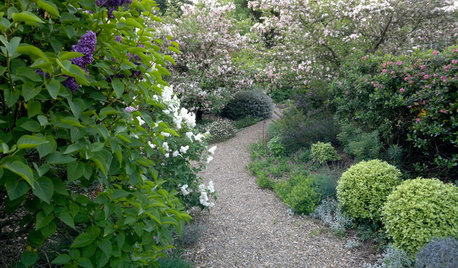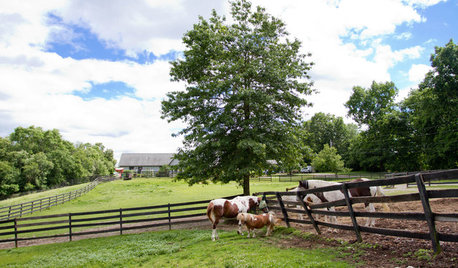Hi folks,
I bought, for the 5th time, 2 egret flowers (Habenaria radiata) in March from Van Bourgondien because my mother is enchanted with the picture of them in the catalog. None of the ones I gave her ever even sprouted. (4 years worth of attempts, indoors/outdoors/potted/ground--she tried it all.) This time, I'm doing the sprouting, potting, etc. and frankly my success is only looking marginally better. It is now July and both of these things are 1 inch tall with only 3 leaves. (The chocolate cosmos that I bought at the same time are all in their 2nd bloom).
OK, I'll confess that I had no idea when I bought them that they were bog plants (other than the instructions that said they wanted a substantial peat percentage in the potting soil). I figured out "bog", as in "very wet" only about two weeks ago and started soaking the bejeebers out of the little guys. So far no response at all.
Can anyone tell me what I ought to be doing to keep these guys happy so Mom can get her pretty white birds? Are we talking soaking wet all the time here? Or are we talking soaking with dryouts to "gently moist" like begonias? Van B says "full sun" -- I'm dubious. The one in full sun is not as happy looking as the one that is in afternoon shade (though both are still a piddly little one inch tall with three leaves-- well 2.5 leaves for the one in full sun-- it lost half a leaf, which turned brown and dropped the outer half: surely a cry for help).
Both plants are in pots -- one is a one gallon pot in an insulating cachepot (ceramic filled with dirt around the interior terracotta pot), this is the one in full sun. The other is in a 2.5 gallon porcelain dish about 1.5' x 8" tall. It is partially shaded by other pots and a banana tree leaf.
Am I expecting too much from the first year? Or should I be doing something else? How much water? How wet? Do these need a gravel/water base below the pot like some of my orchids? Yeek. Help!









susanlynne48
fredsbog
Related Professionals
Carlisle Landscape Architects & Landscape Designers · Ballwin Landscape Architects & Landscape Designers · Wixom Landscape Architects & Landscape Designers · Aberdeen Landscape Contractors · Brooklyn Park Landscape Contractors · East Chicago Landscape Contractors · Holland Landscape Contractors · Longmont Landscape Contractors · Nanuet Landscape Contractors · Paramus Landscape Contractors · Hicksville Roofing & Gutters · Tampa Roofing & Gutters · Ahwatukee Roofing & Gutters · Cheektowaga Siding & Exteriors · Saint Charles Siding & Exteriorsplantfreak
wiseowl
mrge5
geckoflowers